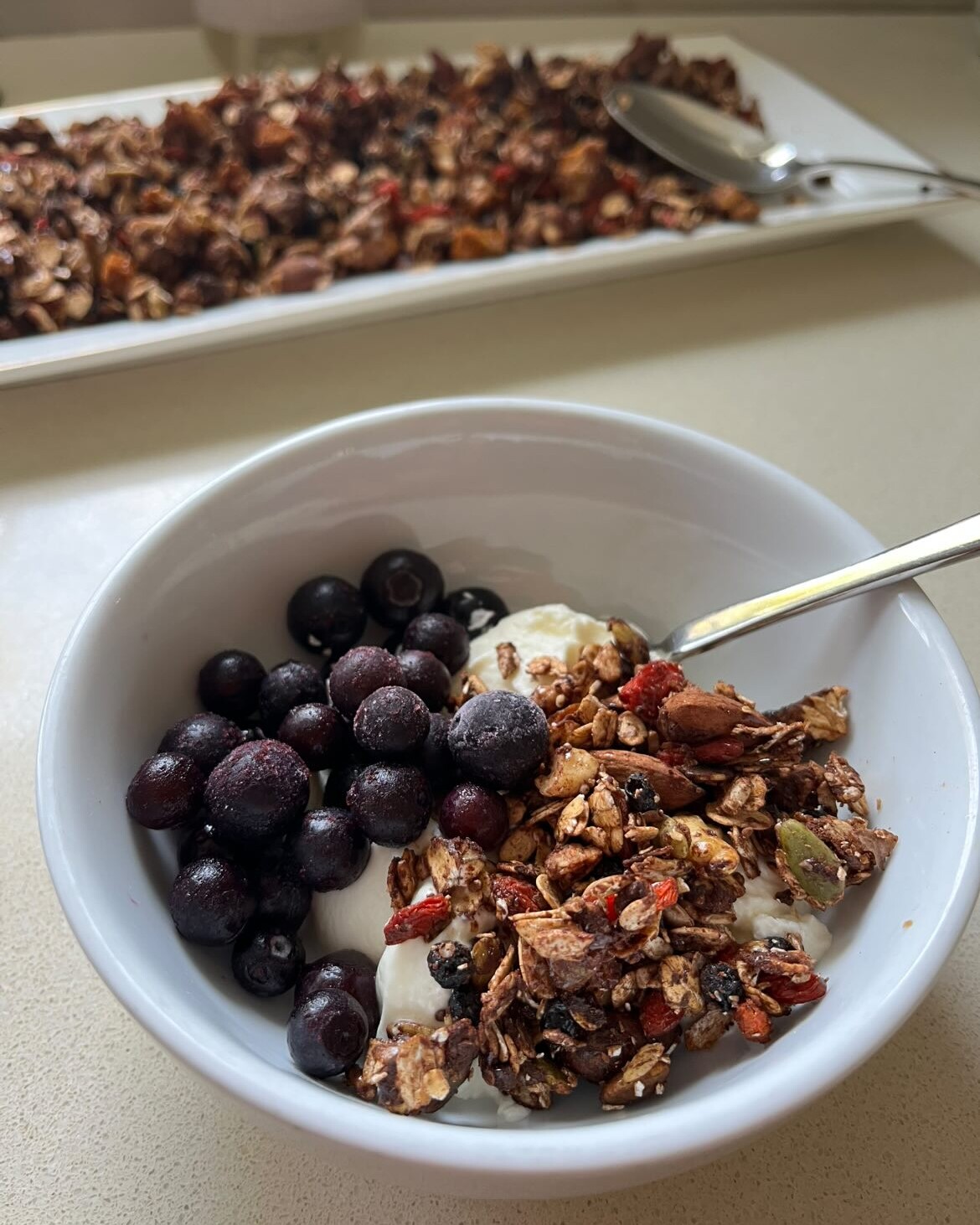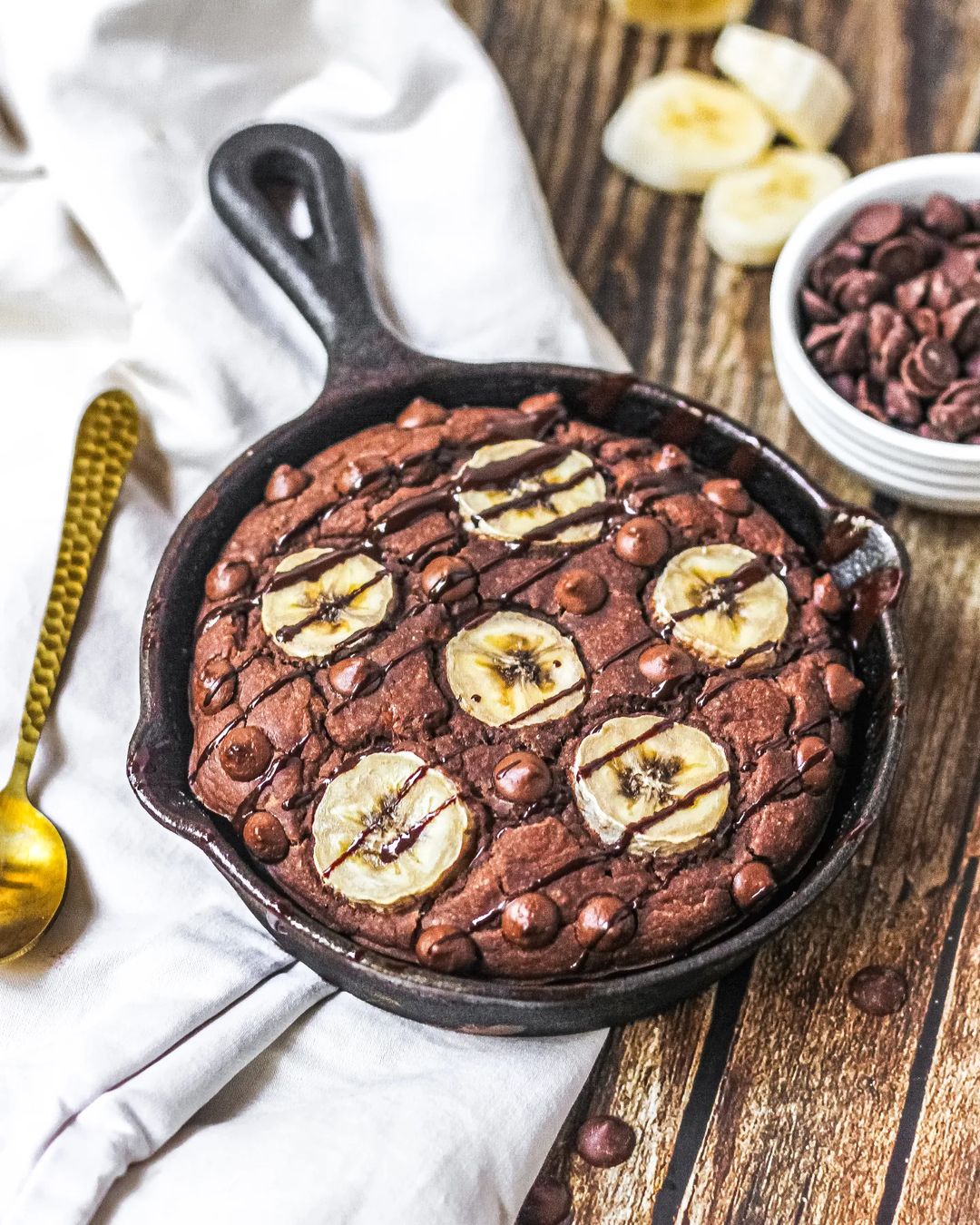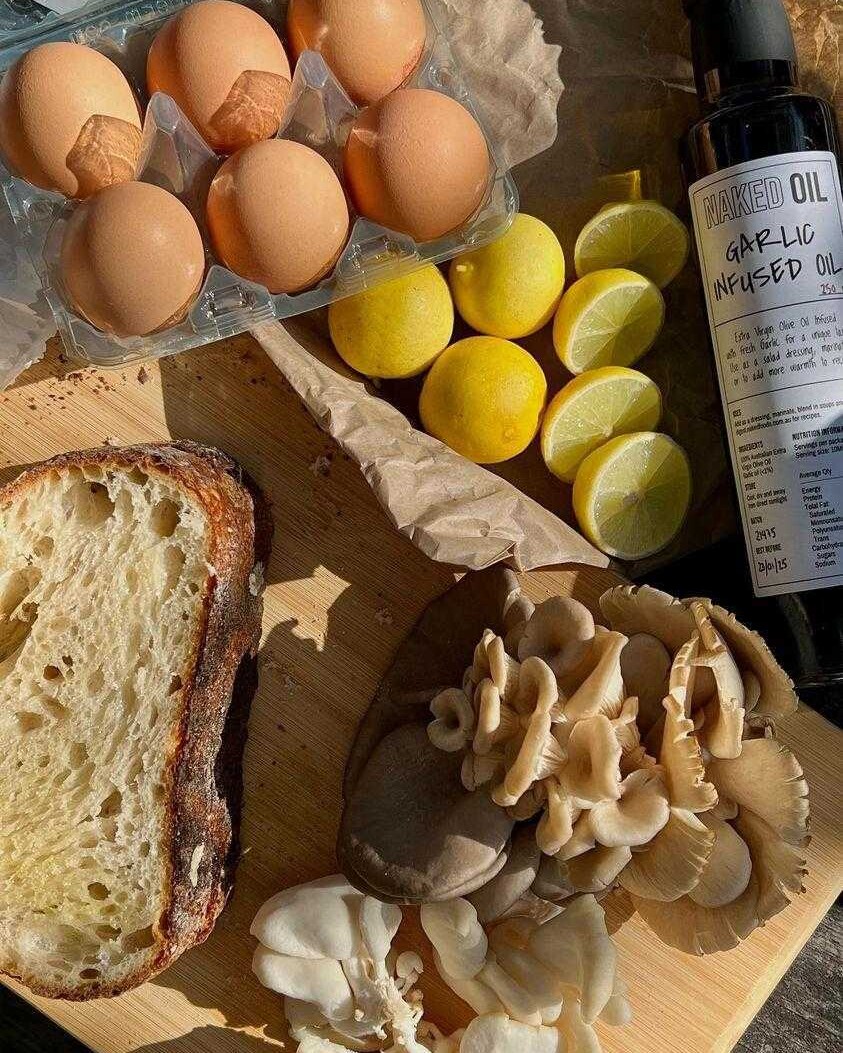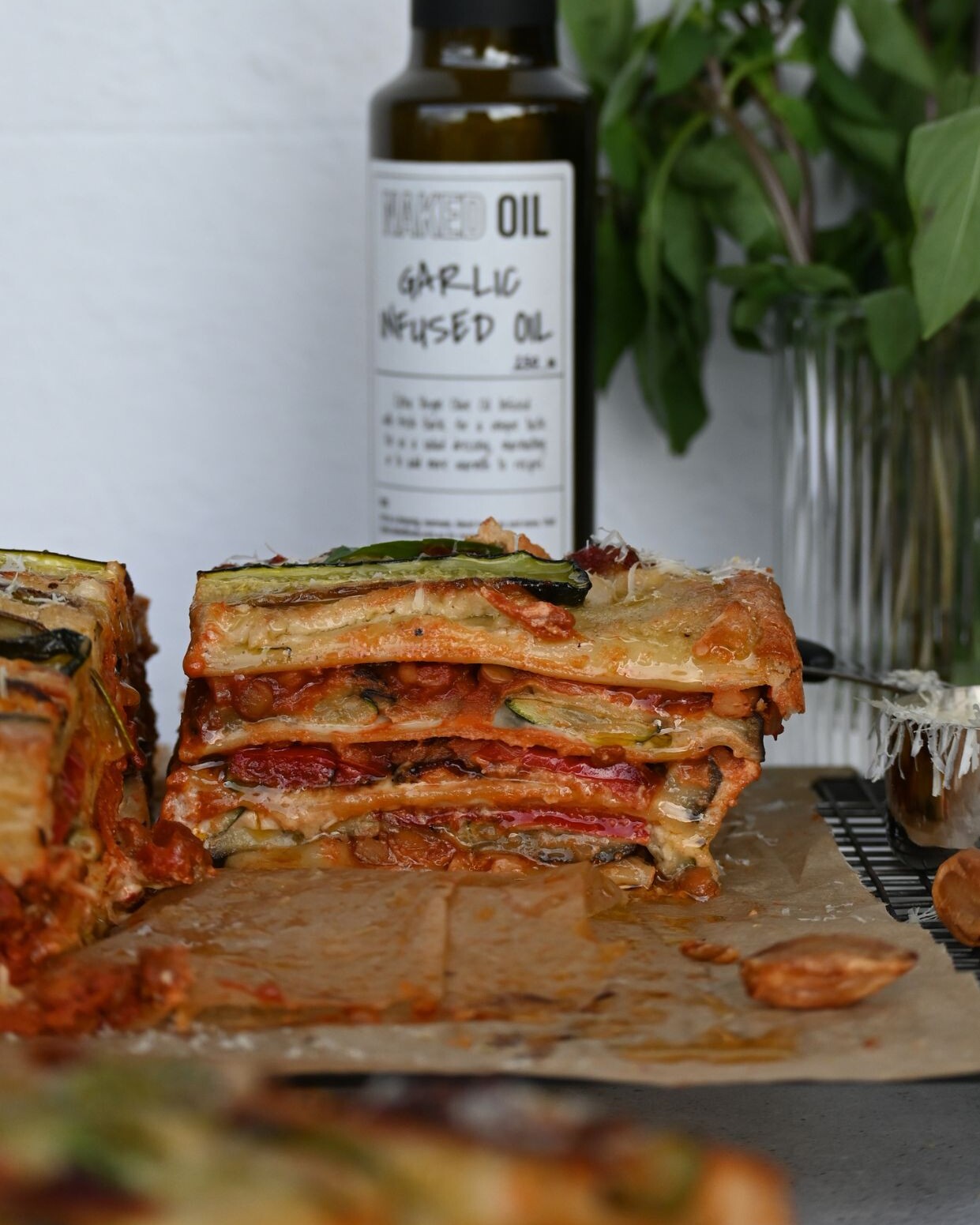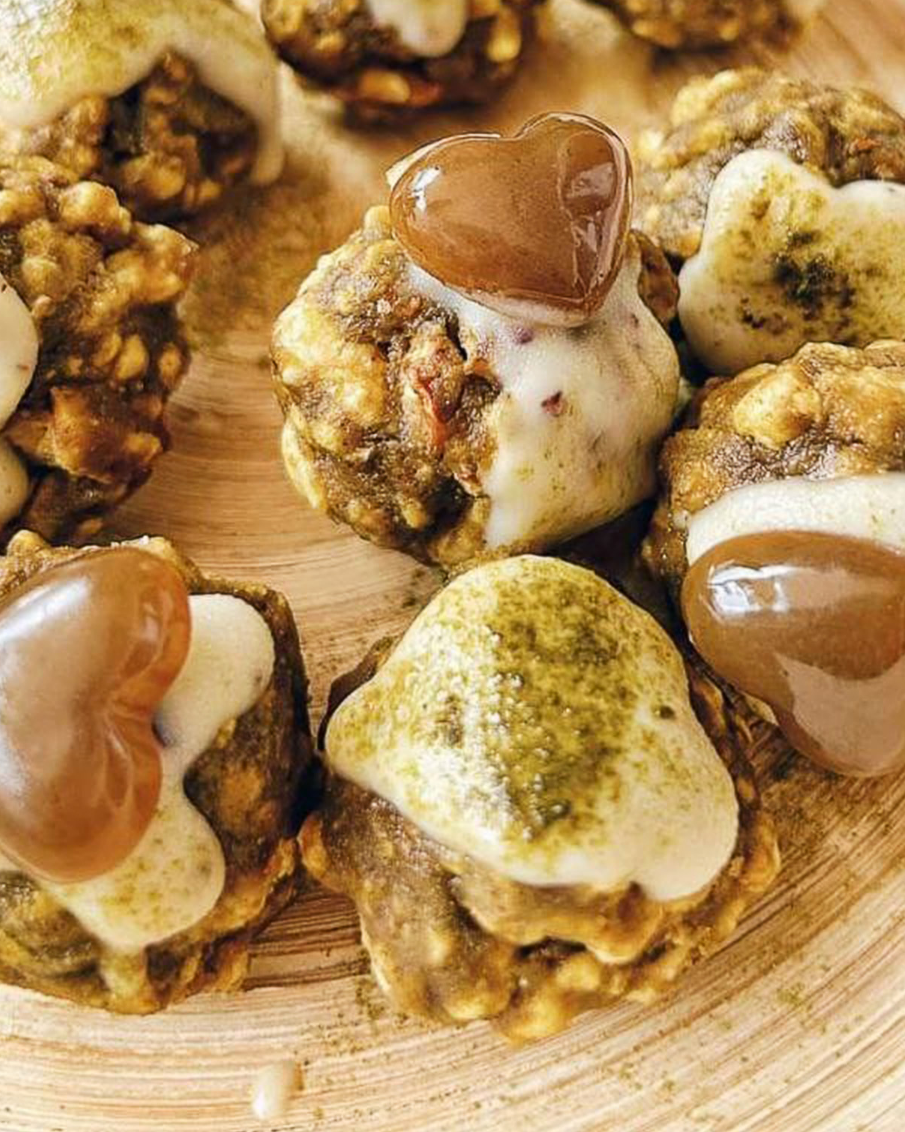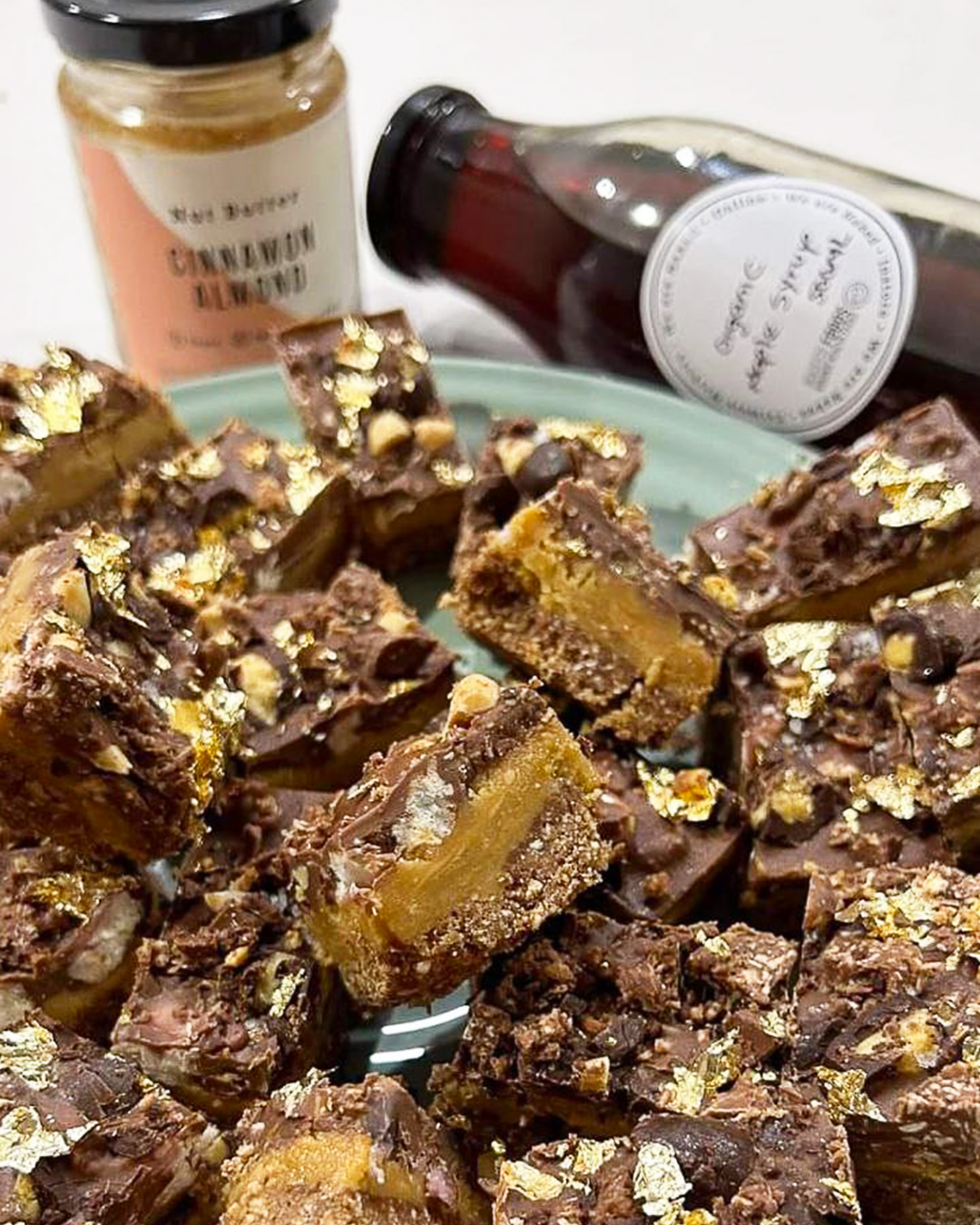Harriet Spark is the designer, content creator, artist and advocate behind Grumpy Turtle Design, SO Manly and Operation Straw. She’s one inspiring go-getting who’s on a mission to fight for our planet, and she does it in style. To celebrate Harriet’s first-ever photography exhibition, Reef, coming soon to Manly, she’s been kind enough to share some of her lessons and insights over the years.

10 Questions With Harriet Spark: Grumpy Turtle Design
NF: Where did your passion for the ocean and conservation begin?

Tell us a little more about SO Manly and the STRAWkling community. How did it begin?
A friend and I used to regularly snorkel in Manly Cove, where we run our STRAWkles, and the number of plastic straws we found there shocked us. I thought that if we could count how many straws we found over a specific timeframe, we could illustrate the impact a ubiquitous item like a plastic straw can have on our waterways. So, every weekend over Summer 2017-18, we ran an underwater snorkel clean-up (affectionately known as STRAWkling) with the community to collect and count how many straws were in the waters around the area. The project harnesses the energy and enthusiasm of volunteers to then go and engage with local businesses and provide them with the information they need to remove plastic straws from their operations. Initially designed to run over Summer 2017-2018, Operation Straw has had such a great uptake by the local community that we’ve decided to continue running it – it’s so wonderful to get together with people who care about the ocean as much as you do.


What tips would you give to non-locals hoping to make a difference? If they wanted to start their own STRAWkling or environmental project elsewhere would you offer any advice?
Pick one thing and choose your why. There are so many issues impacting our planet, it can feel overwhelming and you want to just tackle them all. It’s really important to hone in on the thing you really care about and want to change, and stay focused on that goal. Find out what is happening in the local community, and don’t recreate the wheel if there are groups already working on an issue you care about. Two heads are better than one, so see if you can collaborate with other groups in the area.

What do you believe are the 3 most positive lifestyle changes you’ve made for the benefit of the planet?
- Taking an interest in politics and making sure I’m aware of what’s going on in the world, so I can start meaningful conversations about it, and lobby my local MP.
- Reducing the amount of plastic packaging I allow in my life. Particularly, trading tampons for a moon cup and period undies. Honestly, it is a life-changing step not only from a sustainability perspective but also from a confidence and cost-saving angle!
- Divesting my personal cash from fossil fuels by choosing to bank and invest my super ethically.

Image: Richard Woodgett, @drift.woody
If there was one piece of advice you’d give anyone to reduce their footprint, what would it be?
When was the idea of Reef first born? What are your hopes for it?

Can you tell us a little about the Australian Youth Climate Coalition? Why did you choose them to be the recipient of 10% of Reef profits?
The AYCC do incredible work rallying young people together to create solutions for the climate crisis and hold our government accountable. They’re clever, innovative and fun and have been responsible for amazing campaigns like getting the big 4 banks to withdraw from the Adani coal mine. I used to volunteer with them, but as I get busier (and older!) I don’t have us much time to give, so I support them in other ways.
Do you have a favourite photo from the exhibition? Why?
My favourite is of this clown fish. I love the vibrancy, and deep purples and pinks. Anemone fish are a symbol of hope for the Reef (thanks Finding Nemo!).

What’s up next for you, beyond Reef?
This is a big year for me! I’m continuing to run my business, Grumpy Turtle Design, and create more video work for people doing good stuff for the planet. I’m also planning to get hitched on the Great Barrier Reef, so it seems the theme of 2019 is the GBR!
Want to get involved?
Follow SO Manly on Facebook and check out their latest events and STRAWkles. The next one (Saturday, 2nd March 2019) falls on the same weekend as Clean Up Australia Day, so there’s no better time to attend your first STRAWkle!
You can find all the details and RSVP to Harriet’s Reef exhibition here. The Great Barrier Reef themed photography exhibition will be showing from Thursday, 28th February – Sunday, 24th March at Sydney Road Gallery in Seaforth – it’s well worth checking out for some breathtaking ocean photography to leave you feeling inspired. Entry is free and 10% of all profits from sales will be donated to the Australian Youth Climate Coalition.
All photos by Harriet Spark, first image by Richard Woodgett. See more at their Reef exhibition!



